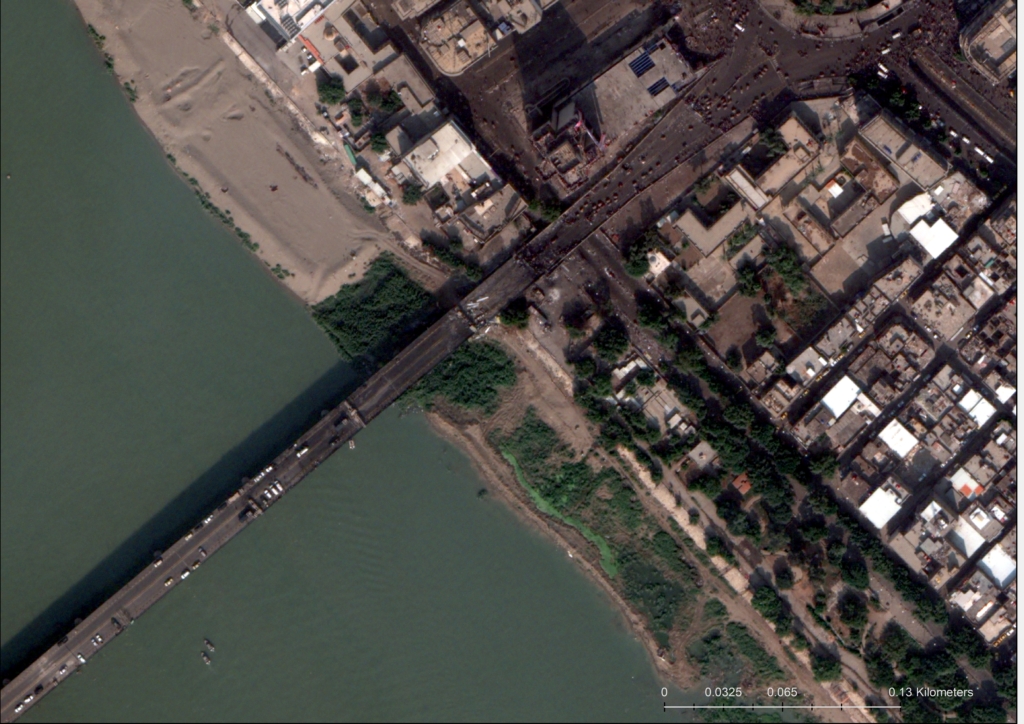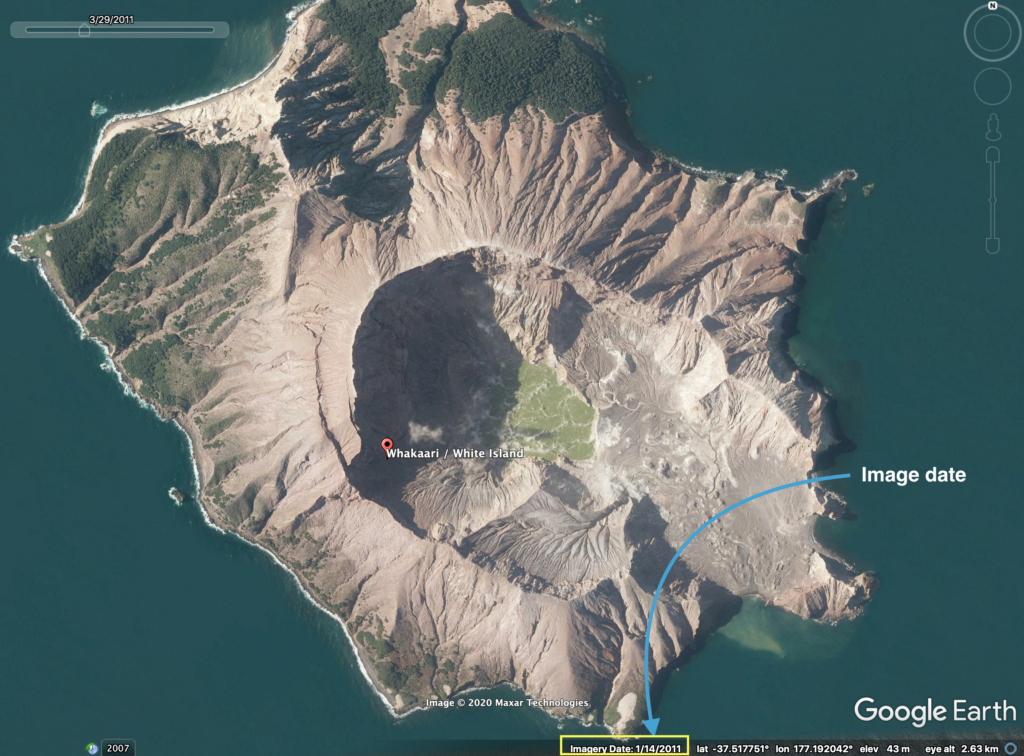Resolution - alabarga/geospatial-python GitHub Wiki
Lower Resolution Imagery
If your research does not require a detailed view of the ground, you are in luck since there are a couple of very popular free datasets of imagery resolutions from 10 metres up to 60 metres.
These datasets are Sentinel 2A/B and Landsat (1-8) and can be sourced from a few different places, but here are two common sites where you can find and download the raw imagery files:
Scihub for Sentinel imagery
EarthExplorer for Landsat imagery
With this imagery, you will need special geospatial programs and a little knowledge of how to open and view the images, as your computer will not automatically recognize the raw files. One of the most common open source tools for viewing the imagery is QGIS.
For those without any prior knowledge in using or analyzing satellite imagery, there are some great platforms that make viewing the data very easy and user friendly.
Sentinel Hub (paid platform, but inexpensive and highly recommended for new imagery users)
Remote Pixel
Google Earth Engine (requires some coding knowledge)
Using the imagery, it can be possible to find changes over time that occur within an area of 10 metres or more. Some things you might be able to document are:
Floods or droughts
Large-scale deforestation
Burned land/fires
Major glacier changes
Open-pit mining
Crop health or destruction
Large-scale demolition or destruction
Oil spills
Of course, all of this data can be misinterpreted so please check with an expert if you are planning to make any groundbreaking conclusions.
Since Landsat imagery goes back to 1972, at 60 metre resolution, it is particularly good for large changes over time, such as deforestation in the Amazon, shifts in agriculture, glaciers melting, and other things. Google Timelapse shows how dramatic some of these changes have been, and that is only using Landsat imagery from 1984 to 2018. Higher Resolution Imagery
If you are looking for something in more detail, you will need to access higher resolution imagery. At this point, the best resolution satellite imagery (we will not be talking about drone imagery here) accessible to the general population is 30cm.
 30 cm imagery of Baghdad © 2020 Maxar
30 cm imagery of Baghdad © 2020 Maxar
This level of resolution can reveal much more information, such as:
Types of vehicles (passenger car versus truck)
Pedestrian crossings, traffic lights, other city street features
Groups or long lines of people
Variations in trees (different types or heights)
Distinguishing details of planes, vehicles, ships
Damage, destruction or debris in a small area
For the higher resolution imagery, the most important question is how recent the imagery needs to be. If you are able to use older imagery there are many sources available for free. Some of these are:
Google Earth (desktop version preferred with my work)
Bing Maps
Zoom.Earth
Depending on where in the world you are looking, the imagery could be months or years old. If the date of the image matters, be sure to research how to find the date of the image you are looking at, depending on the source you are using.
Here is where to find it on Google Earth Pro Desktop (be aware, the dates can be approximate):
 White Island in New Zealand. Google Earth © 2020 Maxar
White Island in New Zealand. Google Earth © 2020 Maxar
For more recent imagery, you will likely need to purchase it, which can vary significantly in price depending on size, resolution and date of capture. Prices can range from around $200 and up per image.
For those familiar with ordering imagery, you can work directly through the commercial satellite imaging companies but will need to become an approved customer first:
CNES Airbus Geostore
Maxar (previously DigitalGlobe)
Planet